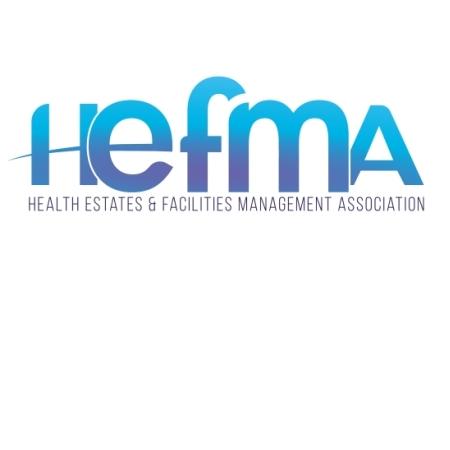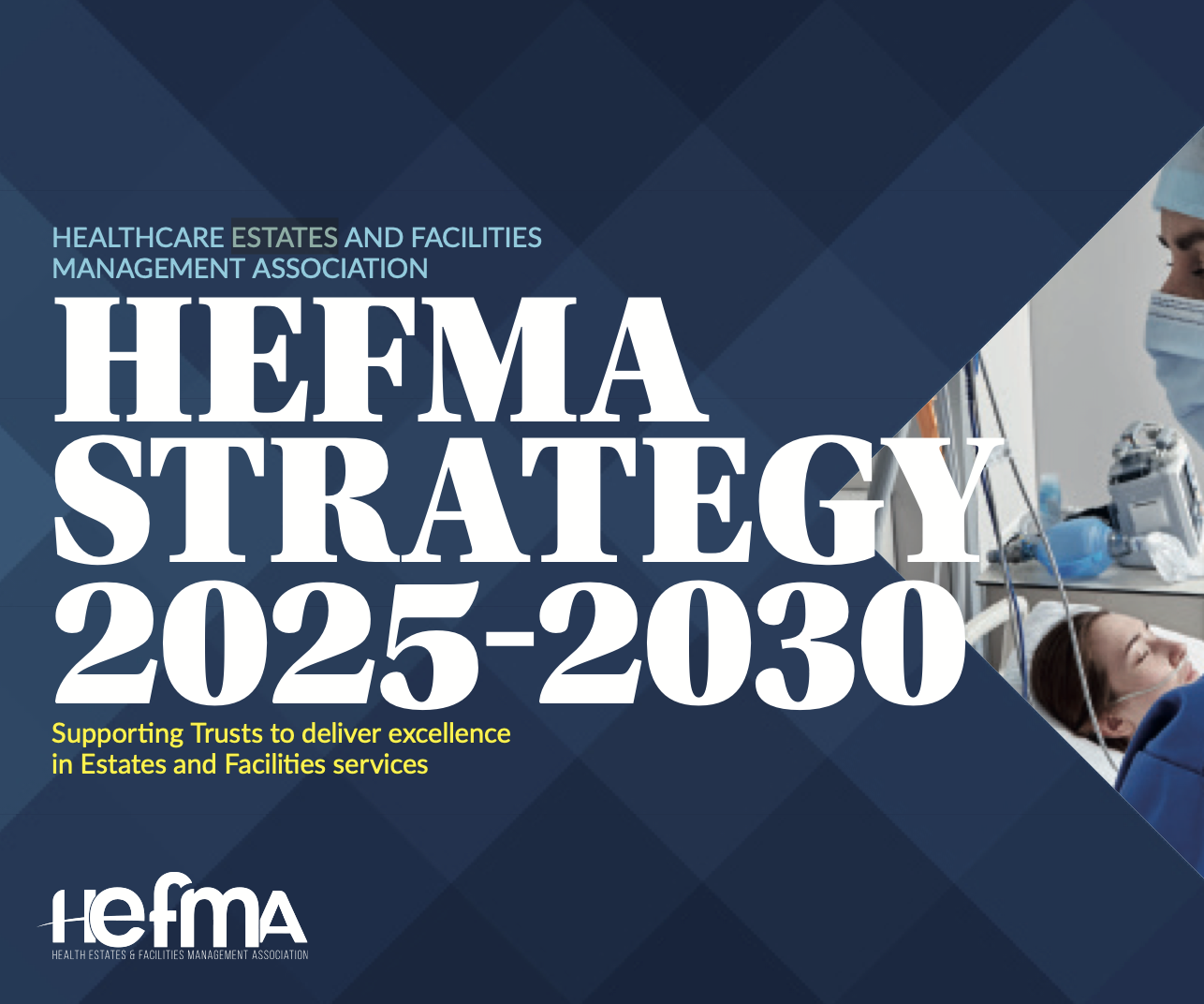As new money trickles into the NHS after 10 years of austerity, questions remain as to whether it is enough to tackle systemic crisis in the system, writes Jane Renton.
If further evidence of the NHS in crisis were needed, you don’t have to look very far. It is all around us - in newspaper headlines and anecdotally from people struggling to obtain GP appointments. As a recent article in Health Service Journal points out, there were a record 2,347 trolley waits in December alone - an eight-fold increase from the previous December. So much for the vaunted four-hour wait target, which the health secretary Matt Hancock has now been publicly hinting he wants to amend. No matter which critical bit of the NHS you care to look at, there are crises at almost every level.
On a more personal note, I cannot even get on to a consultant referral list for non-emergency care, despite a referral from my GP. That means I am unlikely to even be reflected in current waiting list statistics. It is galling as I have been a rare user of NHS services over the past two decades. I am, however, fortunate in that I am unlikely to die from my autoimmune issues - at least as far as I know. But imagine the anxiety someone suspected of cancer must experience waiting for a proper diagnosis. Cancer waiting lists are now the worst on record. The target for treating cancer patients within 62 days of urgent GP referral has not been met for more than five years. Yet cancer and diseases of the brain are the two issues that most people assume - wrongly as it turns out - are the two ailments that if suspected, would result in immediate response.
The Prime Minister has already acknowledged the “unacceptable” delays that increasingly confront patients, pledging that his government will “get those waiting lists down.”
But can he really deliver on that pledge? Ten years of austerity in the NHS coinciding as it does with rising demand from population expansion and an ageing population has created systemic crisis and the worst performance against waiting time targets since they were first set, something that politicians from all parties have singularly failed to address over successive decades.
Can he deliver?
I put that question to John Appleby, Director of Research and Chief Economist at the Nuffield Trust, who previously wrote that the NHS remains the number one issue that British people care most about – even more than the monarchy, which given the current furore over Megxit, some might find surprising.
“The NHS seems to be a priority for this government - it is their strong message. There is more money coming in, the £20.5bn of real spending increase is equivalent to around 3.4% per year - better than the last decade, but slightly less than the long run average,” , which puts the level of annual increase back to just under 4% back in line with historic spending, patterns on the NHS,” hhe explains.
During the past decade of austerity annual increases in spending fell to about 1.5%. However, the £20.5bn - or the full cash equivalent of £33.9bn as Johnson prefers to use - is unlikely to be sufficient given the scale of the health service’s backlog problems.
As John points out, the increased money has been trickling into the system since last April, so some of the new money has already been spent. There are also concerns of inflation, which has been marked in healthcare.
“A 1% increase in inflation over the next four years, for example, could knock £1bn off the amount of new money available,” he says.
He likens the NHS to a super tanker where any manoeuvre takes a long time to execute. Thus, it takes some time for improvements or deterioration to show.
“In 2010 the NHS was doing relatively well in terms of increased spending and hitting waiting list targets. But by 2014 a number of headline-grabbing incidents started to show things going badly wrong.”
Most hospital Trusts are running on deficit, and even the very best Trusts, such as the Royal Free and the Chelsea & Westminster Hospital Foundation Trusts are all struggling in this regard. But with strong pressure mounting from NHS England to prioritise the clearing of those deficits, how much money will be left for other spending?
Allocating the funds
“A big chunk of the new money coming in will be used to fill those financial holes rather than to employ more staff, which is critical to any efforts to open up more hospital beds,” asserts John.
He believes it will take some years before the NHS can claw back on critical issues such as waiting times, or address pressing problems in the healthcare estates, such as backlog maintenance, which increased last year by some half a billion pounds to £6.5bn.
“The really worrying aspect of all this is the growing list of maintenance issues that are deemed ‘critical’. They include horrors such as walls falling down, lights crashing down on patients, or equipment blowing up,” he says.
“Trust finance directors are more likely to use their increasingly constrained cash to pay wage bills, rather than to fix the gutters or to repaint wards - but you can only get away with this for so long,” he warns.
With so much focus on frontline services, those maintenance calls are likely to largely go unheeded. The final details of the so-called NHS People Plan - part of the wider workforce strategy for the NHS over the next five years - are due out shortly. Among other things, it promises to create more nurses and doctors including more GPs, a promise that John Appleby speculates will be hard to fulfil.
“You cannot just rustle these things up overnight, especially with Brexit making all those pledges even more of an issue. It will take some years before we can even claw back on waiting times.”
As yet there is no equivalent strategic plan for social care or details about how to address the estimated half a million plus shortfall in care workers.
As John points out there have been numerous proposals as to how to reform the social care system, one that has been described by Boris Johnson as one of the greatest policy failures of the past 30 years. That needs to happen if pressure on the NHS is to be alleviated.
“We’ve been waiting for the government to get to grips with this for the past 15 to 20 years and to devise a plan to raise money for it. There have been so many proposals, from Andrew Dilnot and others. It just needs the government to pick one of them.”
The Prime Minister has promised to do just that by the end of this parliament and have something written down within the next 12 months. While the sums involved are likely to be substantial, they are relatively small, when compared to the overall levels of spending on the NHS.
Footing the bill
Ten years of austerity have created many crises, all of which tend to converge as spending priorities. With further PFI initiatives off the agenda, and PFI interest payments arguably unaffordable for Trusts, new money to pay for those spending priorities will unquestionably have to come through taxation.
“We are going back to the pre-PFI era. These are difficult calculations but if we want 40 shiny new hospitals we are going to have to pay for them out of current taxation - but priorities may change,” asserts John.
But we will have to wait for further details about this from the next spending review in the autumn, when further details of capital spending are expected to be made clear.
So, while there may be a 10-year plan for the NHS, funding priorities are unlikely to extend out beyond the lifetime of the current parliament despite inter-generational and deepening problems in the UK healthcare system.
There is however, new political commitment to the NHS to address those underlying problems and importantly, new money. Public expectations will have to be managed carefully.
“We just have to be prepared to see a gradual improvement in services,” concludes John.










